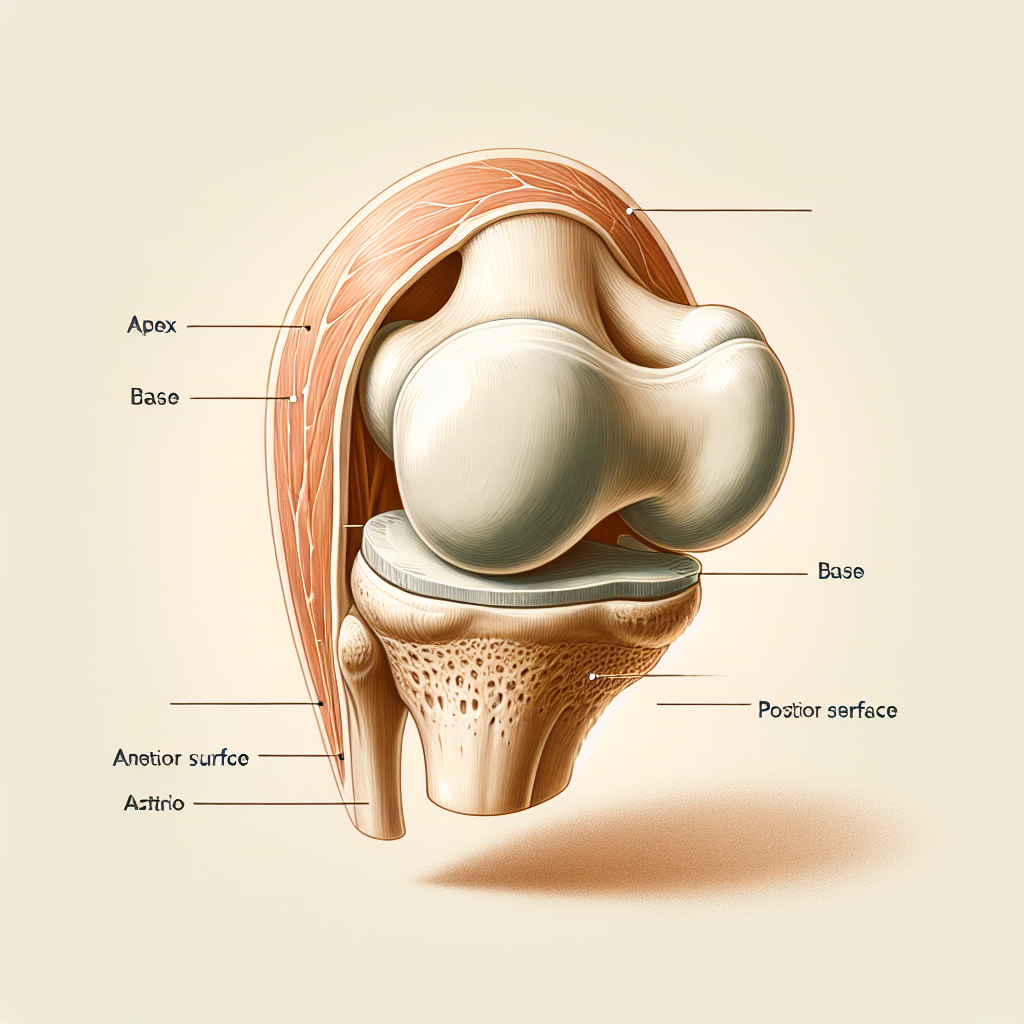Topic: MilitaryBlog Brand: The BuzzRegion: AsiaTags: HMS Prince Of Wales, Indo-Pacific, Military Budget, Royal Navy, and United KingdomBritain Wants to Be an Indo-Pacific Power. One Problem: Its Navy Is Way Too Small. April 29, 2025By: Brandon J.
WeichertShareShare this link on FacebookShare this page on X (Twitter)Share this link on LinkedInEmail a link to this pageIf Britain is serious about maintaining an Indo-Pacific presence, it should first build out the necessary naval strength to be relevant there.A display that was meant to be seen as encouraging was posted on the United Kingdom’s Ministry of Defence (MoD) social media site. It shows the “Carrier Strike Group Deployment 2025,” for the HMS Prince of Wales that is currently transiting to the Indo-Pacific.

The graphic shows the Prince of Wales underway to the region with a tiny joint force of Norwegian and Canadian vessels joining it. London wants the world to revel in their great power projection capabilities. Finally, one is led to believe, His Majesty’s Royal Navy is once again going East of Suez.
Sadly for patriotic Britons, the display is instead a reminder of just how impotent the Royal Navy truly has become. This weakening is not entirely the fault of the current British government; it has been part of the inexorable decline that the British Armed Forces have endured since the end of the British Empire in the 1960s.In other words, the poor showing by Britain in the Indo-Pacific was the result of bad, short-sighted political decisions over decades.
Accompanying the Prince of Wales is the HMS Dauntless, HMS Richmond, and RFA Tide Spring. That’s it. No submarines.
And an insufficient number of surface warships to provide adequate defensive screens for the Prince of Wales, should she fall under attack from Chinese anti-access/area-denial (A2/AD). The HMS Dauntless (DD3) Needs a Better Mission SetDauntless belongs to the British Royal Navy’s Daring-class air-defense destroyer. She was launched in January 2007 at BAE Systems Govan, Scotland and officially commissioned in 2010.
The Dauntless is considered one of the most advanced warships in the modern Royal Navy, coming equipped with the Sea Viper anti-air missile systems (which can travel at 18,000 miles per hour). This warship, as its name suggests, specializes in air defense. But for practical reasons, the ship has been used for other mission sets, such as counter-narcotics, disaster relief, and task group flagship duties.
The HMS Richmond (F239) Might Be Britain’s Strongest FrigateAs part of the Type 23 (Duke-class) guided-missile frigate, the HMS Richmond is designed for anti-submarine warfare (ASW). She comes equipped with a towed sonar array to augment her sub hunting capabilities. The ship was launched in April 1993 by Swan Hunter Shipbuilders, River Tyne and commissioned two years thereafter.
She was the tenth of 16 Duke-class guided-missile frigates built.In terms of Richmond’s armaments, she carries one 4.5in Mk.
8 naval gun, 32-cell GWS 35 Vertical Launch Systems, VLS (Sea Captor Surface-to-Air Missiles), she had two, four-cell Harpoon anti-ship missile launchers that were replaced by Naval Strike Missiles shortly before her deployment to the Indo-Pacific area of operation. There are two 30mm DS30M Mk.2 guns, two 324mm twin torpedo tubes sporting Sting Ray torpedoes, two 7.
62mm miniguns, and four 7.62mm GPMGs. Richmond carries one-to-two Lynx Wildcat HMA2 or Merlin HM2 helicopters, replete with an onboard helipad and hangar.
The propulsion system on the Richmond comprises a Combined Diesel-eLectric-And-Gas (CODLAG) with four MTU 12V4000 M53 diesel generators (providing 2,210 horsepower each), two GEC electric motors (providing an additional 4,000 horsepower), and two Rolls-Royce Spey SM1A gas turbines (giving 31,000 horsepower). A maximum speed of 28 knots, or about 32 miles per hour, with a range of 7,500 nautical miles (8,630 miles).The RFA Tidespring (A136): The Backbone of Britain’s (Tiny) Carrier GroupThis Tide-class Fast Fleet Tanker is part of the Royal Navy’s Military Afloat Reach and Sustainability (MARS) Project.
It was commissioned in 2017 and is assigned to the meager Prince of Wales carrier strike group assigned to the Indo-Pacific to keep the warships’ fuel topped off. Built by Daweoo Shipbuilding and Marine Engineering (DSME) in Okpo, South Korea, with design by BMT Defence Services (AEGIR design), this ship was outfitted by Britain’s A& Group, Falmouth.Tidespring can carry up to 37,000 tons.
It utilizes a CODLAD with two Wärtsiliä diesel engines, two GE Power Conversion electric motors, and two shafts for propulsion. It has a maximum speed of 20 knots (23 mph), with a range of 20,714 miles. She can carry five million gallons of fuel (diesel and aviation fuel).
This boat transports upwards of 370,000 gallons of fresh water. Tidespring has dry stores for vertical replenishment via helicopter transfer, too.A136 is armed with two Phalanx Close-In Weapon Systems (CIWS) and two 30mm cannons (fitted as of June 2021 for self-defense).
A flight deck and hangar are available for one medium helicopter (Chinook, Merlin HM2, or Lynx Wildcat). The HMS Prince of Wales: The Royal Navy’s Flagship in the PacificThe second Queen Elizabeth-class aircraft carrier that was commissioned in 2019, Prince of Wales was built by the Aircraft Carrier Alliance (BAE Systems, Thales, Babcock) at Rosyth Dockyard, Scotland. Prince of Wales displaces 65,000 tons when fully loaded.
The carrier, in the minds of her proponents, represents Britain’s return to maritime greatness. But the details of the Prince of Wales leave much to be desired—not least of which are the seemingly countless stories of malfunctions and system failures, as well as lack of adequate resourcing from a cash-strapped MoD, that have plagued this carrier since 2019. An Integrated Electric Propulsion (IEP) with two Rolls-Royce MT30 gas turbines and four Wärtsilä diesel generators power the Prince of Wales propelling this ship to 25 knots (28 miles) per hour, with a range of around 11,500 miles.
Three Phalanx CIWS systems defend the ship against missile and aircraft attacks. Another four 30mm Automated Small Calibre Guns (ASCG), six 7.62mm miniguns for close-range defense are available.
Beyond that, the Prince of Wales is designed but not permanently fitted with Sea Ceptor missiles. The carrier’s most important asset is her air wing. She can carry up to 36 F-35B Lightning II fifth-generation warplanes.
Additionally, this ship can come with Merlin HM2 ASW helicopters, Wildcat HMA2, Chinook, or even Apache attack helicopters (up to 14 in the hangar). The Prince of Wales’ role in the carrier group is to provide air power projection while the HMS Richmond protects the carrier from submarine threats, the HMS Dauntless allows for air defense using its Sea Viper missiles, and the RFA Tidespring keeps every ship in this tiny battle group fueled.The issue, however, is the absurdly small size of the carrier group.
It may be the best that Britain can muster—but for all practical purposes, it leaves Britain’s only functional carrier (the HMS Queen of Elizabeth is again undergoing repairs) vulnerable to being overwhelmed by an A2/AD attack or submarine assaults. The U.S.
Navy Shows How a Proper Battle Group LooksA typical American battle group, the gold standard for carrier operations, consists of a single flat top, two guided-missile cruisers, two anti-aircraft warships, and one to two anti-submarine destroyers or frigates—all of which can be augmented by submarines. And even this may not be enough. American carrier groups, with all the additional firepower they have compared to the British, could still be overwhelmed by A2/AD or submarine attacks.
A better use of Britain’s very limited resources would not be in going East of Suez to relive the long-gone glory days of its imperial past. Instead, Britain should be deploying their limited carrier forces to European and Arctic regions, where they can have the greatest strategic-level impacts—namely in deterring Russia. And if it is serious about maintaining an Indo-Pacific presence, it should first build out the necessary naval strength to be relevant there.
About the Author: Brandon J. WeichertBrandon J. Weichert, a Senior National Security Editor at The National Interest as well as a contributor at Popular Mechanics, who consults regularly with various government institutions and private organizations on geopolitical issues.
Weichert’s writings have appeared in multiple publications, including the Washington Times, National Review, The American Spectator, MSN, the Asia Times, and countless others. His books include Winning Space: How America Remains a Superpower, Biohacked: China’s Race to Control Life, and The Shadow War: Iran’s Quest for Supremacy. His newest book, A Disaster of Our Own Making: How the West Lost Ukraine is available for purchase wherever books are sold.
He can be followed via Twitter @WeTheBrandon.Image: Wikimedia Commons.The post Britain Wants to Be an Indo-Pacific Power.
One Problem: Its Navy Is Way Too Small. appeared first on The National Interest..
Politics

Britain Wants to Be an Indo-Pacific Power. One Problem: Its Navy Is Way Too Small.

If Britain is serious about maintaining an Indo-Pacific presence, it should first build out the necessary naval strength to be relevant there.The post Britain Wants to Be an Indo-Pacific Power. One Problem: Its Navy Is Way Too Small. appeared first on The National Interest.















